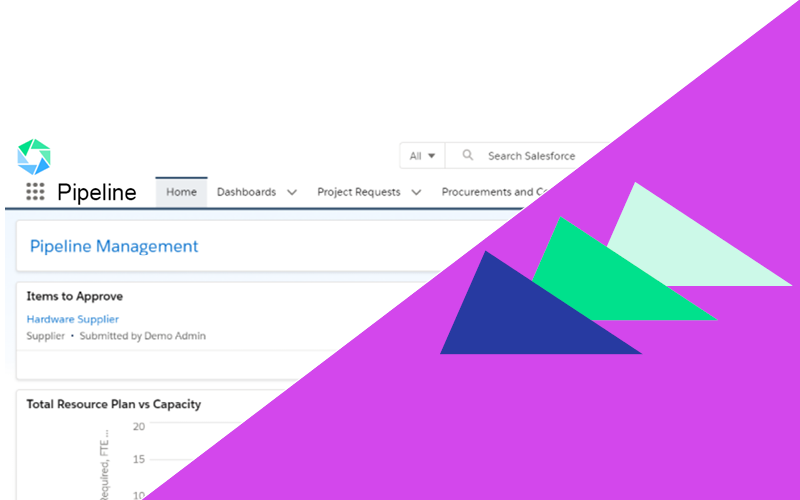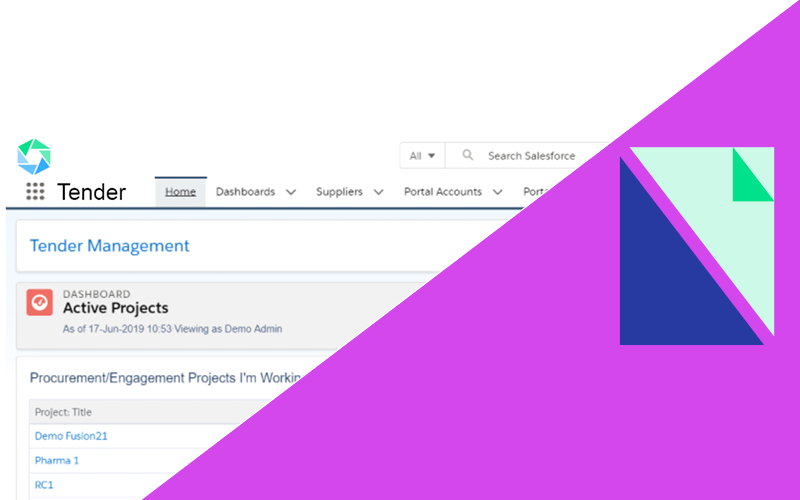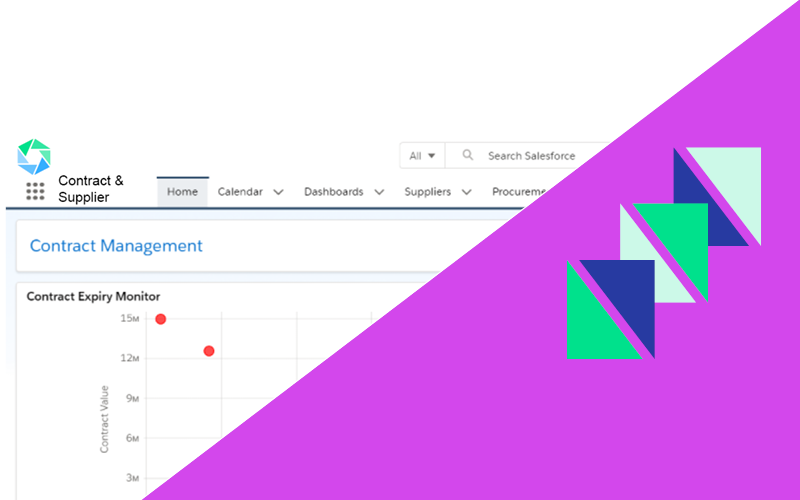Procuring goods and services is necessary for all businesses, but the way it’s done in the public sector can differ significantly from the private sector. Much of this may come down to their contrasting natures.
Public sector organisations are funded by the public and provide public services such as healthcare, education and the emergency services. The purpose of private sector organisations is usually to make a profit. Their goals and objectives are financial, whereas the public sector’s are generally for the greater good.
The differences between public and private sector procurement
The procurement process for the public and private sector is broadly the same. However, there are differences in how they are funded and regulated, which affect the procurement process.
Funding
Public sector spending is estimated to be just over £908 billion in 2020. The sector is mainly funded through taxes and government departments. Difference organisations can also raise revenue commercially, for example, through charging rent or for parking.
Private sector organisations are financed using private money, through investor, shareholders or loans and other forms of finance. They can move money around their organisations reasonably quickly in response to changing economic conditions or business requirements. Public sector organisations don’t have the same flexibility when it comes to amending their budgets.
On the other hand, cuts or delays in Government funding can happen quickly. Public sector organisations are then left with a budget shortfall for procurement teams to address, putting pressure on them and services the organisation is providing. Procurement is often suspended, leading to supply issues and impacting relationships with suppliers. When private sector organisations face financial difficulties, they have access to more funding options than the public sector and can often quickly replace any shortfall.
Regulation
Another of the differences between public and private sector procurement is how they are regulated. The public sector is subject to more rigorous scrutiny, and organisations are constrained by different legislation than the private sector. Public sector organisations can be subject to both UK and international regulations, some of which are considered inflexible and hinder public procurement processes.
Private sector organisations are also subject to legal regulations and scrutiny by shareholders. However, they are generally less onerous and don’t impact procurement in the same way.
Because of the regulatory regime, and requirements that they must account for their spending, public sector procurement is more procedurally heavy. Often you’ll find the procurement process is slowed down by their processes and procedures.
However, using procurement software allows organisations to follow the requisite procedures while keeping the procurement process moving. Atamis provides procurement software to several public sector organisations, including the Home Office and DCMS, which provide them with increased flexibility and agility.
Stakeholders
Private organisation’s stakeholders are much smaller in number than those in the public sector. Stakeholders include owners, investors, shareholders and customers. Interests are limited to the product and services or financial performance. Public sector stakeholders include everyone who is financing or using the services the public sector is providing, effectively the general public. The public sector is under far greater scrutiny than the private sector. As a result, the procurement process has to be managed differently and is far more transparent than private sector procurement.
Focus
For public organisations, the focus for procurement is on reducing spend and saving money. They need to ensure they remain compliant with regulations and must share information with other organisations in the industry to help them save money too. Private organisations are profit focussed and continuously try to increase profit margins. Sharing procurement information would give a competitive advantage to competitors and so would never be done.
Those in the public sector also need to consider the social value when procuring goods or services, not just value for money and supply. For example, creating jobs or improving education. Some private sector companies include an element of social value in their procurement; however, this is through choice rather than a legislative requirement.
It’s clear that both public and private sector organisations need simple, well-documented digital procurement processes to manage procurement effectively. Are you looking to improve your procurement process or need to upgrade your procurement software? Get in touch with our team to set up your free trial and see the Atamis solution in action.
 Our Pipeline App empowers your team to plan ahead and forecast for upcoming procurement activities.
Our Pipeline App empowers your team to plan ahead and forecast for upcoming procurement activities.  The Tender App allows your team to visualise all sourcing activities within your Atamis platform, from issuing tenders to receiving bids.
The Tender App allows your team to visualise all sourcing activities within your Atamis platform, from issuing tenders to receiving bids. Our Contract & Supplier App puts your team in firm control of your key supplier relationships and provides a central repository for all contracts.
Our Contract & Supplier App puts your team in firm control of your key supplier relationships and provides a central repository for all contracts.  Our Enhancers ensure your solution is tailored to your needs. Pick and choose additional functionality that fits your requirements.
Our Enhancers ensure your solution is tailored to your needs. Pick and choose additional functionality that fits your requirements. 